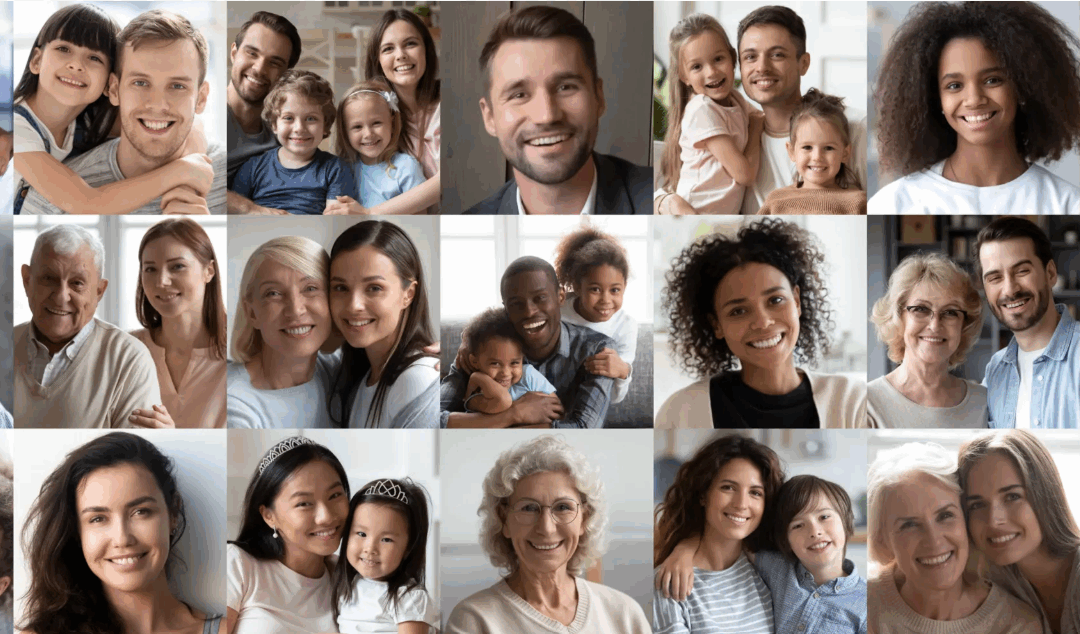360-Degree Storytelling
Stories from our communities, building connection and common ground.
360-Degree Storytelling is Universally’s docuseries that celebrates the richness of everyday American life. Each episode spotlights individuals and families from communities across the country—people raising children, building businesses, caring for others, and contributing with excellence and pride. Together, these stories offer an honest, hopeful portrait of who we are as Americans and what we share in common.
Through intimate visuals and authentic voices, the series reframes what thriving looks like in America. Viewers meet families whose lives reflect strength, creativity, and purpose, and they are invited to see themselves in one another. The series complements Universally’s broader mission by transforming moments of service and connection into narratives that uplift, unite, and inspire civic engagement.
How It Works
-
(1) Select featured families: We collaborate with communities to identify families whose stories embody excellence, resilience, and everyday contribution.
-
(2) Film authentic narratives: Our team captures daily life through a cinematic lens, showing real moments of joy, creativity, and connection.
-
(3) Invite community voices: Viewers are encouraged to upload their own stories on social media and reach out to us directly to share their stories, expanding a living archive of American life.
-
(4) Include Bright Ambassadors moments: Select Bright Ambassadors service events are filmed to highlight communities working together in action.
-
(5) Engage and challenge viewers: Each episode includes “food for thought” reflections and civic challenges that prompt audiences to engage with their own communities in new ways.
Outcomes
-
Viewers report feeling more connected to people and communities different from their own.
-
Audiences identify shared values such as family, perseverance, and community care.
-
Thousands engage through social media, sharing their own stories or pledging to connect locally.
-
Educators, civic organizations, and policy partners use episodes as tools for dialogue and civic learning.
Celebrate the stories. Share the vision. Shape the future.
If you have an idea for a 360 Degree Storytelling feature, reach out on Instagram, Facebook, or TIkTok to share your idea.

